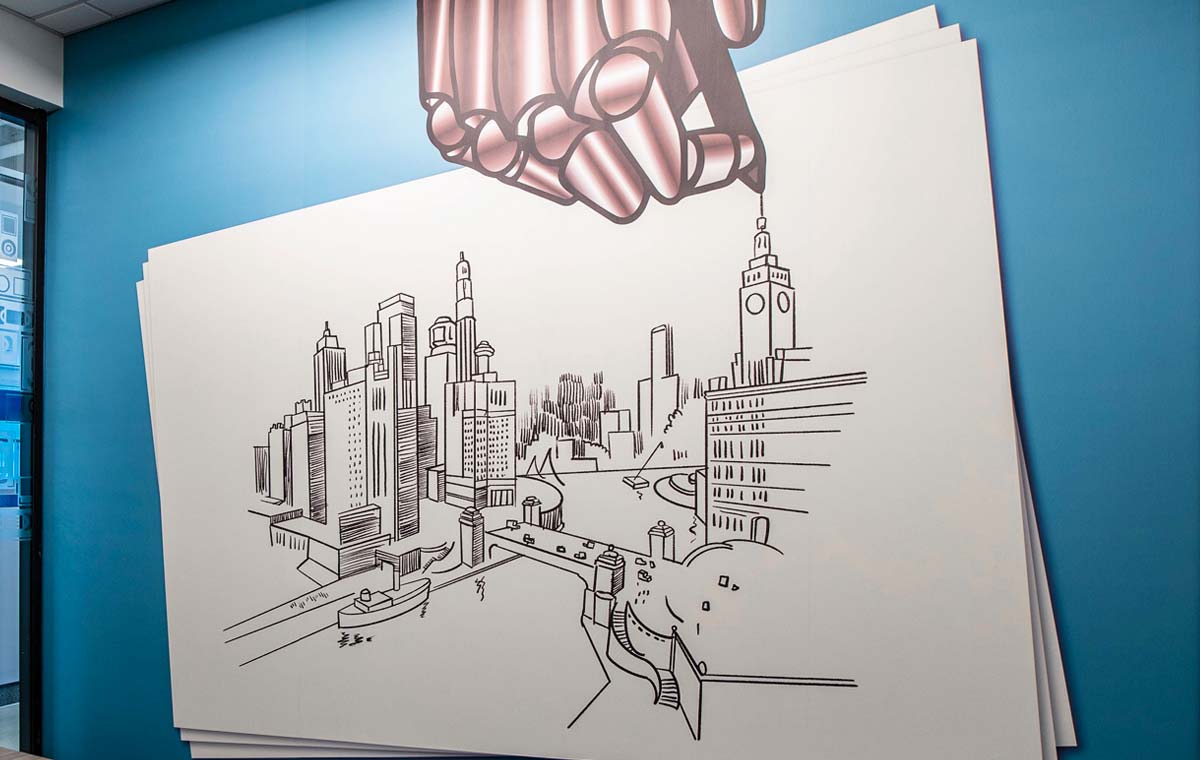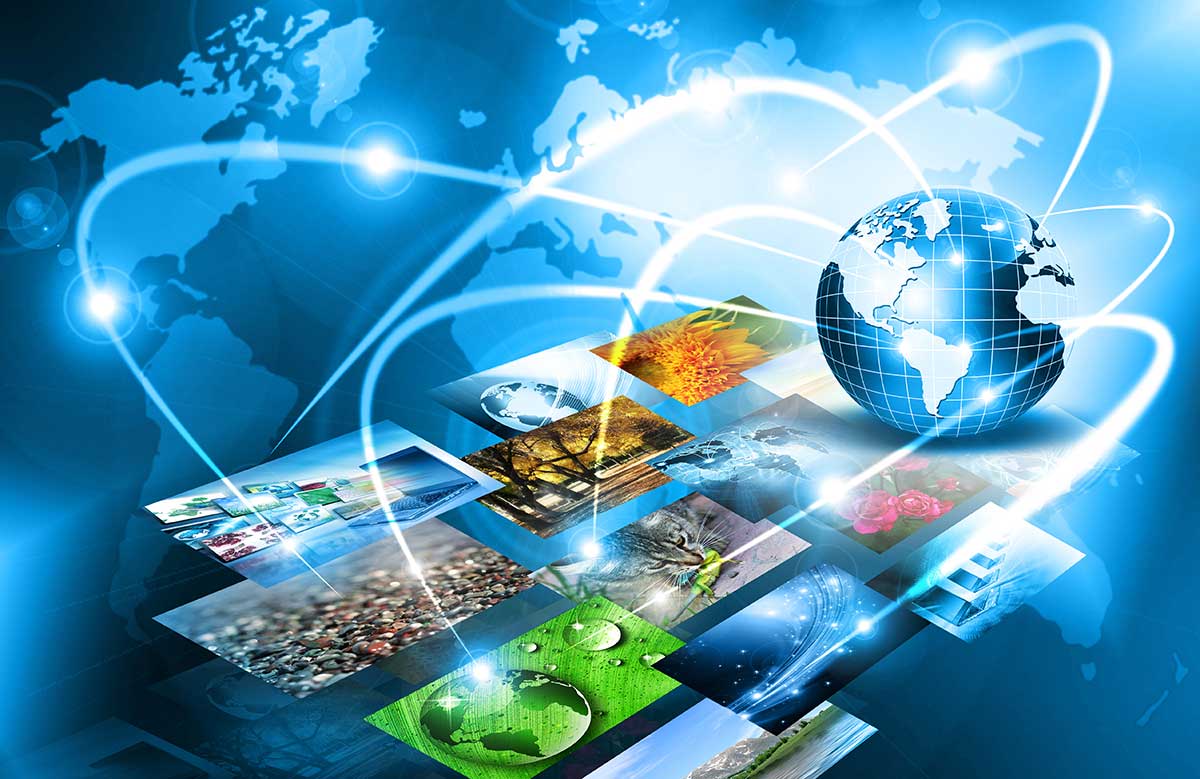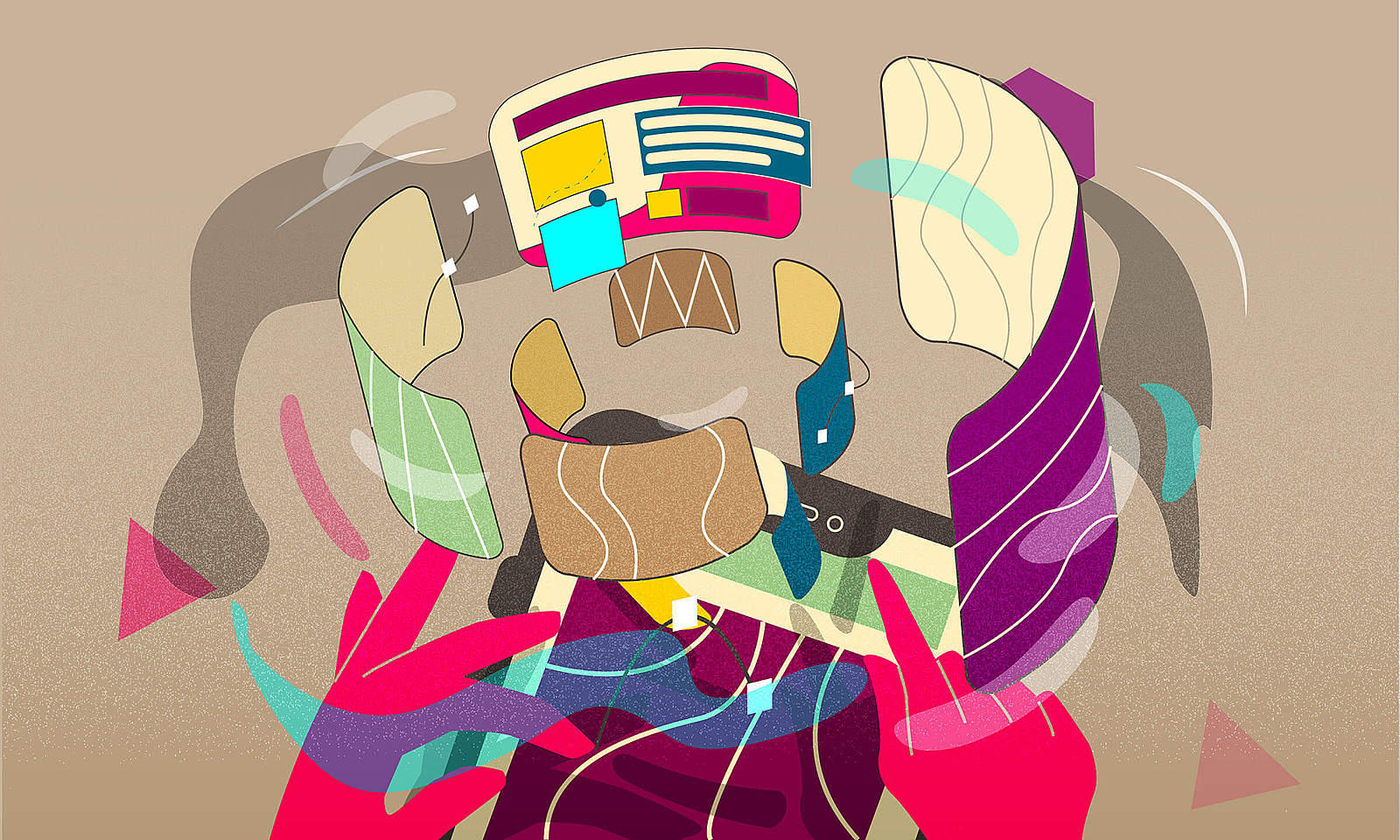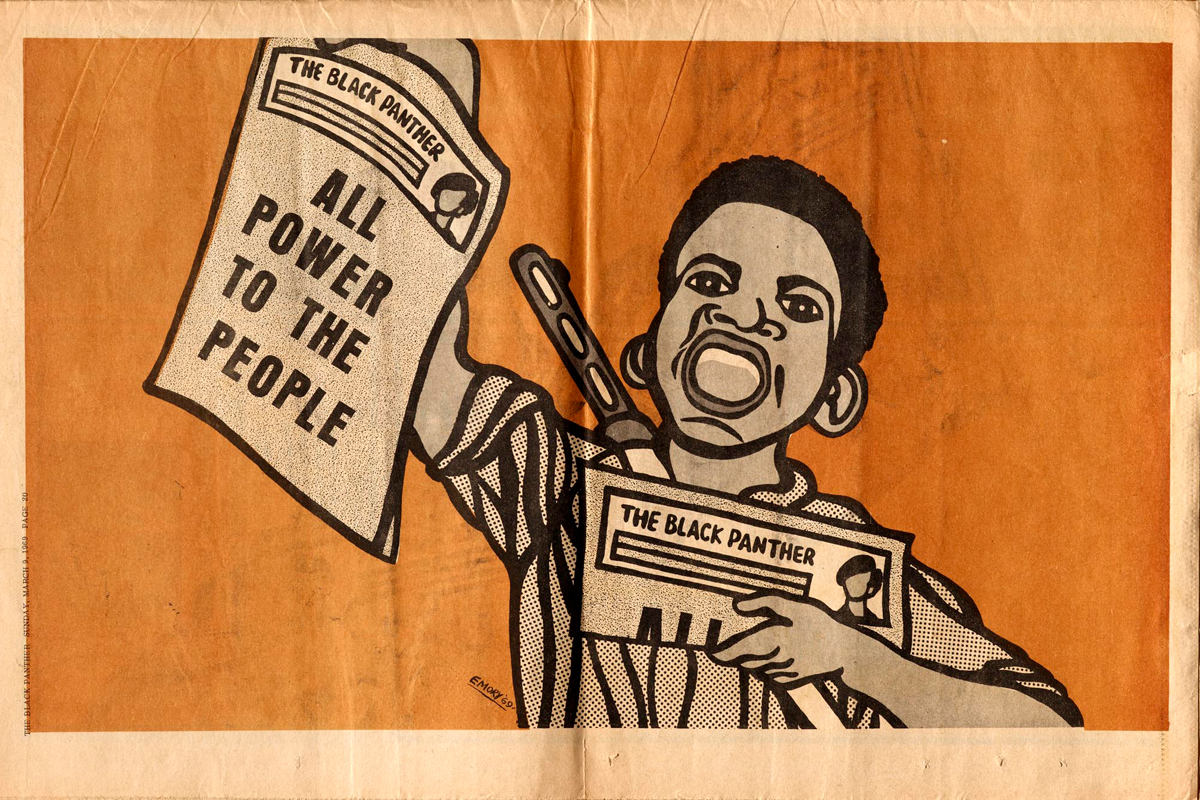Experimental Graphic Design has a whole new meaning in this digital age. Typography, the foundational element of visual communication, evolved into an aesthetic medium. The designers could alter letterforms, disassemble words, and conflate communication and abstraction. As animation and user experience were combined by artists to produce dynamic and captivating images. The emergence of motion graphics and interactive design opened up intriguing new channels for multimedia expression.
The field of graphic design has always been one that is dynamic and always changing, pushing the limits of creativity and innovation. With the development of digital technology and the internet in the twenty-first century, the field of graphic design has seen an upsurge in experimental methods. That could go against established norms and conventions. This blog explores the trends, methods, and significant artists. These artists have revolutionised the area of experimental graphic design since the turn of the century.
Table of Contents
ToggleWhat is Experimental Graphic Design?
Experimental graphic design is a creative approach within the field of graphic design. It involves pushing the boundaries and exploring unconventional techniques, aesthetics, and concepts. This goes beyond conventional design conventions, looking for creative methods to visually express and arouse feelings.
This experimental method frequently entails changing the typeface and experimenting with colours. And also forms, including interactive aspects, and investigating novel media like mixed reality installations or virtual reality. By challenging norms, igniting creativity, and escaping the bounds of conventional design, experimental graphic design aims to produce aesthetically arresting and thought-provoking work.
The Digital Revolution: A Change-Catalyst
The digital revolution grabbed the front stage in 2000, ushering in a new era in graphic design. With the ubiquitous use of computers, software, and the internet, designers have had access to strong tools. Subsequently, this allowed them to explore and overcome the constraints of conventional mediums.
With this greater independence, there came a rise in graphic design. This was characterised by daring, outlandish aesthetics and a desire to venture into unexplored waters.
Beyond Words: Experimental Typography
Typography is one of the most important areas for experimentation in graphic design. Letterforms were manipulated and disassembled by designers, who even went as far as to violate the norms of legibility. Experimental typography evolved from simple communication into a visual art form in which the words themselves took on abstract forms and aspects.
Designers like David Carson and Stefan Sagmeister were instrumental in popularising experimental typography. For artists like The Rolling Stones and Talking Heads, Sagmeister created memorable album covers. They used handwritten calligraphy and mixed media components. Through the use of jumbled typography and image apposition, David Carson’s revolutionary work for Ray Gun magazine questioned conventional layout standards. It produced a disorganised yet engrossing visual experience.
Experimental Graphic Design In Motion And Interactive Design
Motion graphics and interactive design were also introduced with the growth of digital media. It provides exciting new channels for creative experimentation. Designers started experimenting with the dynamic possibilities of animated images, adding motion, music, and interaction to their works. This transition merged the fields of graphic design, animation, and user experience. Later, it resulted in the emergence of a new generation of multimedia artists.
The interactive design was invented by artists like Yugo Nakamura and Joshua Davis. Davis. The latter is well-known for his generative art, created software that allowed him to make complex animations and patterns using user input and algorithms. On the other hand, Nakamura concentrated on developing interactive online experiences. He responded to user inputs and customised each interaction.
Data Visualisation: Combining Art and Information
Graphic designers saw a fascinating chance to meld data and art through data visualisation as the globe grew overrun with data. Experimental data visualisation converted difficult data sets into captivating aesthetically beautiful visual storytelling. It departs beyond conventional charts and graphs.
As a proponent of clarity, simplicity, and precision in information visual representation, Edward Tufte is frequently credited as the father of data visualisation. His groundbreaking work, “The Visual Display of Quantitative Information,” stimulated designers to consider the best ways to portray data.
Rise of Deconstructivism and Brutalism
The brutalist and deconstructivist design trends saw a rebirth in graphic design in the early 2000s. These forms, which drew their inspiration from mid-20th century architectural trends, emphasised roughness, asymmetry, and the unusual placement of components.
Using simple forms, powerful lettering, and a lack of adornment, designers like Experimental Jetset and David Rudnick adopted a Brutalist aesthetic. However, the Deconstructivist movement, made popular by artists like Irma Boom, embraced fragmentation and discord, dismantling conventional design principles in order to arouse feelings and alter perceptions.
Experimental Graphic Design for Social and Political Activism
A strong voice for experimental graphic design was also heard in the world of social and political engagement. Through thought-provoking graphics and language, designers have started to utilise their talents to address important topics like climate change, social inequality, and human rights.
During Barack Obama’s 2008 campaign for president, Shepard Fairey designed the famous “Hope” poster, which has since come to represent political ebullience and grassroots engagement. Similar to the Guerrilla Girls, who criticised gender inequity and a lack of diversity in the art world through provocative and anonymous images.
Explore some of the best experimental design inspiration here
Wrapping up!
A new period of experimentation and innovative inventiveness began in graphic design around the beginning of the century, marking a watershed event in the field. Designers have embraced digital technologies to alter the visual language, from the modification of typography to the emergence of interactive design, data visualisation, and socio-political activism.
With the development of technology and societal developments, the experimental spirit of graphic design is still alive and well today. Future-looking designers will likely produce even more innovative and boundary-pushing works that will alter how we perceive the world and increase the potential for visual communication. In the always-changing field of design, experimental graphic design continues to be a potent force that inspires creativity and innovation.
Some interesting about experimental graphic design that might surprise you
1. In the twenty-first century, experimental graphic design upended traditional typography and turned words into abstract works of art.
2. By combining animation and user experience, motion graphics and interactive design redefined multimedia expression.
3. Data visualisation evolved into an art form, transforming challenging data into compelling visual stories.
4. The Deconstructivist and Brutalist design trends saw a resurgence, emphasising asymmetry and rawness.
5. By addressing important topics visually, this graphic design gave social and political activity a powerful voice.
6. Handwritten writing by Stefan Sagmeister and haphazard layouts by David Carson revolutionised music covers and magazine design.
7. Edward Tufte promoted clarity and simplification in the depiction of information and pioneered effective data visualisation.
8. The interactive online experiences created by Yugo Nakamura and Joshua Davis pushed the frontiers of digital design.
9. Because of the internet’s accessibility and the resources provided by the digital revolution, experimental graphic design flourished there.
10. Experimental Jetset and Irma Boom adopted raw design techniques, questioning conventional graphic design aesthetics.
FAQs
1. What exactly is experimental graphic design?
By employing alternative methods and styles to investigate novel forms of visual communication, graphic design pushes the limits of standard design conventions.
2. What impact has technology had on experimental graphic design?
Designers now have more creative flexibility because of technology, particularly digital tools and the internet, which allows them to experiment with motion graphics, interactive design, and data visualisation.
3. Which artists have influenced experimental graphic design?
Edward Tufte, Joshua Davis, David Carson, Irma Boom, and David Carson are just a few of the well-known artists who have significantly influenced experimental graphic design.
4. How does experimental graphic design include social activism?
The compelling topic of social activism in experimental graphic design enables creators to use their talents to address pressing concerns and elicit thinking through powerful graphics.
5. What distinctions may be seen between experimental and conventional graphic design?
By adopting alternative aesthetics, testing legibility, and adding cutting-edge techniques like data visualisation and interactive components, experimental graphic design deviates from standard conventions.
Read Next: Logo Design for Startups: Building a Brand from Scratch








